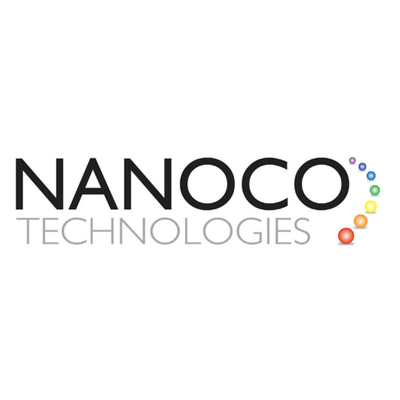Quantum dot (QD) technology is revolutionising the lighting and display industries. These semiconductor nanocrystals, just a few nanometres in size, have unique electronic and optical properties that vary with their size and shape. Larger quantum dots (5-6 nm) emit longer wavelengths and produce orange or red colours, while smaller dots (2-3 nm) emit shorter wavelengths, resulting in blue or green colours. The specific colours depend on the quantum dots’ composition.
QDs, which tightly confine electrons or electron holes, resemble a 3D particle in a box model. When coupled, they can form artificial molecules, and their precise assembly can create superlattices with unique controllable optical and electronic properties. The Nobel Prize in Chemistry was awarded to Moungi G. Bawendi, Alexei I. Ekimov, and Louis E. Brus for their work on quantum dots, although the technology dates back to 1980. Initially used in LCDs, QDs have applications in LEDs, lasers, solar cells, single-photon sources, single-electron transistors, microscopy, bioimaging, cell biology research, and chemical reaction catalysis.
The QD market is expected to grow at a compound annual growth rate (CAGR) of 17.40%, reaching $12.34 billion by the end of the decade, driven by the demand for energy-efficient lighting and high-quality display devices. Research has largely focused on the visible spectrum, but there is significant potential in the ultraviolet and infrared regions. Infrared technology, requiring cost-effective and tunable optoelectronic materials, has led to the development of infrared quantum dots, which can be tuned through dimensional constraints due to the quantum confinement effect.
Andrew Smith, a bioengineering professor at the University of Illinois at Urbana-Champaign, and postdoc researcher Wonseok Lee, have developed high-quality nanocrystal products. Their research, funded by the National Institutes of Health and the National Science Foundation and published in Nature Synthesis, marks the first instance of infrared QDs meeting the same standards as those in the visible spectrum. Despite the long history of nanocrystal technology, progress has been limited to the visible spectrum due to the higher demand and the more challenging chemistry of infrared materials, which involve heavier elements prone to degradation.
The researchers focused on mercury cadmium selenide, a material with versatile properties that span the electromagnetic spectrum. By using cadmium selenide (CdSe) as a ‘sacrificial mould’ and replacing cadmium with mercury, they transitioned the material to the infrared spectrum while maintaining desirable qualities like strong light emission and absorption. This process involved a new method called interdiffusion enhanced cation exchange, developed by Lee, which solved previous challenges by adding silver as a fourth element to ensure homogeneous mixing.
The result was mercury selenide (HgSe) and mercury cadmium selenide (HgCdSe) nanocrystals, which have tunable bandgaps in the infrared spectrum and high quantum yields. These materials could lead to next-gen imaging techniques, especially in medical imaging, where infrared quantum dots can detect tumours and cancer cells early, enable non-invasive imaging, and improve surgical precision. In the healthcare sector, they could be used for cell tracking and studying molecular behaviour within cells.
Beyond medical applications, infrared quantum dots have potential uses in security and surveillance, automotive driver assistance systems, environmental monitoring, faster electronic devices, solar cells, transistors, quantum computing, and ultrafast all-optical switches and logic gates. Their small size and tunable properties make them ideal for advanced display screens, enhancing colour accuracy and brightness.
Prominent companies like Nanoco Group are leading the development of quantum dot technology. Nanoco Group, listed on the London Stock Exchange, specialises in quantum dots and nanomaterials, with applications in OLEDs, μLEDs, optical security tagging, biometric facial recognition, optical diagnostics, night vision, range finding, and LiDAR.
Quantum dot technology promises significant advancements across various industries. As researchers continue to explore QDs, particularly in the infrared spectrum, the potential applications in biological imaging and other fields will grow. With increasing demand and expanding market size, quantum dots are set to revolutionise medical, energy, sensor, and consumer electronics industries.
Nanoco Group PLC (LON:NANO) leads the world in the research, development and large-scale manufacture of heavy metal-free nanomaterials for use in displays, lighting, vertical farming, solar energy and bio-imaging.


